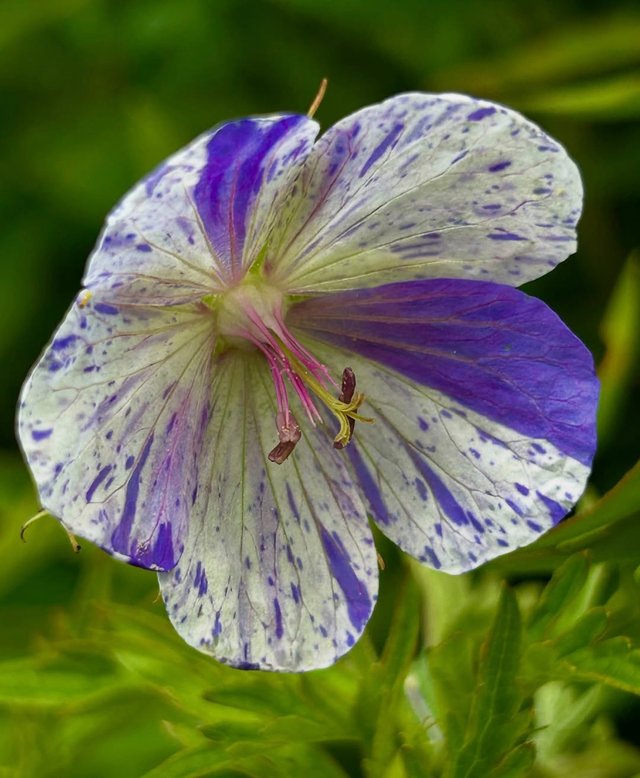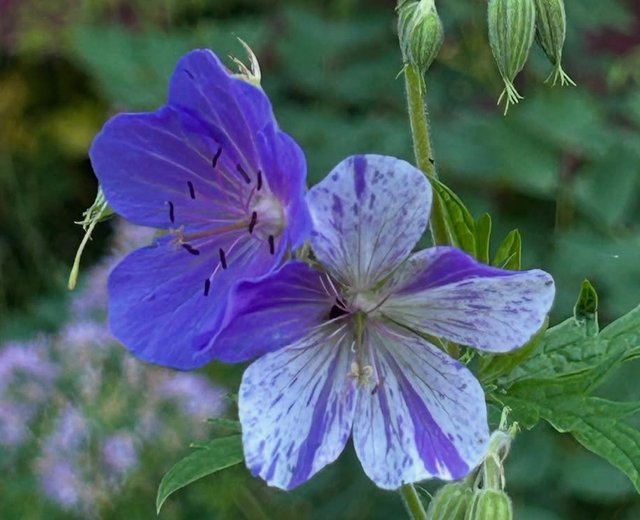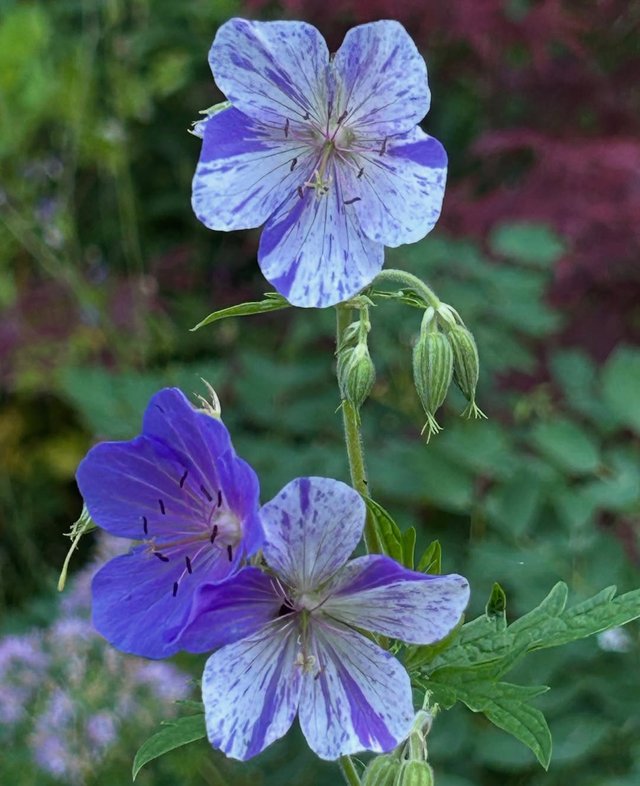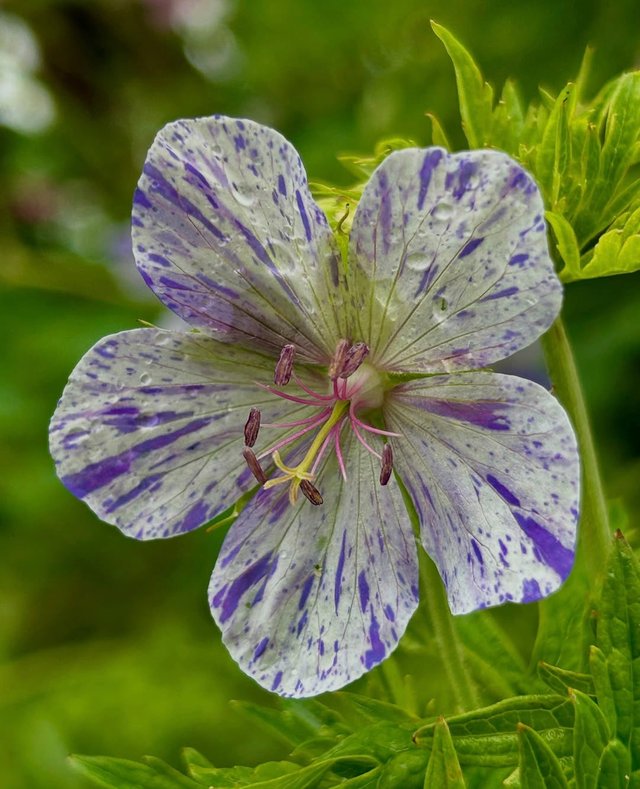Meadow Crane’s-bill
Among the subtle marvels of European meadows and countryside roadsides, the Meadow Crane’s-bill stands out as a graceful, hardy, and ecologically important wildflower. With its soft lavender-blue blooms and delicate foliage, this plant offers more than just visual appeal—it supports pollinators, contributes to biodiversity, and carries cultural and botanical significance.Meadow Crane’s-bill grows to a height of 40–90 cm with slender stems and deeply lobed, palmate leaves. The plant's most striking feature is its flowers: vibrant violet-blue to lilac petals arranged in symmetrical, saucer-shaped blooms, typically 3–4 cm across. The name "crane’s-bill" comes from the plant’s fruit capsule, which resembles the long beak of a crane—a trait shared by other geraniums.
This herbaceous perennial forms small clumps or loose colonies, spreading gently via underground rhizomes. It thrives in well-drained soils, especially in sunny or lightly shaded spots, making it a popular choice for wildflower gardens, pollinator plots, and naturalistic plantings.
Meadow Crane’s-bill plays a crucial role in supporting pollinators. Its nectar-rich flowers attract bees, hoverflies, and butterflies, particularly species like the bumblebee. It's also a larval food plant for several moths, including the brown-line bright-eye.In meadow ecosystems, this plant contributes to the biodiversity of grasslands, often growing alongside species like ox-eye daisies, knapweed, and red clover. Because it blooms over an extended period, it provides a stable nectar source across the season.



